
Sharing a home with a dog is a heartwarming experience. Until you realize your couch is now their personal throne, your floors are a minefield of scattered toys, and rainy days turn your living room into a makeshift racetrack. Indoor dogs bring endless joy, but they also come with some unique (and often hilarious) struggles. Here are nine challenges only indoor dog owners truly understand!
The Hidden Challenges of Indoor Dog Ownership
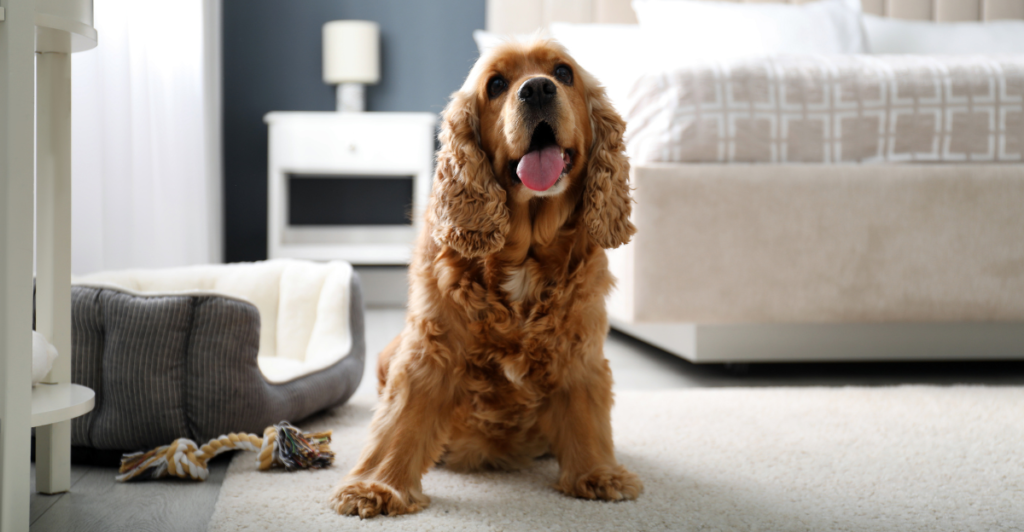
Indoor dog ownership is often romanticized as a cozy and convenient lifestyle, but it comes with its own set of unique struggles that many owners fail to anticipate. From behavioral quirks to logistical hurdles, indoor dogs require careful management to thrive in confined spaces.
While these challenges may seem minor compared to the joys of companionship, they can significantly impact the owner’s daily life. This list explores nine unexpected struggles faced by indoor dog owners, offering insights into how these issues arise and actionable tips for addressing them effectively.
Whether you’re a seasoned pet parent or considering adopting an indoor dog, understanding these challenges can help you prepare for a more harmonious relationship with your furry friend.
1. Allergies and Air Quality Issues
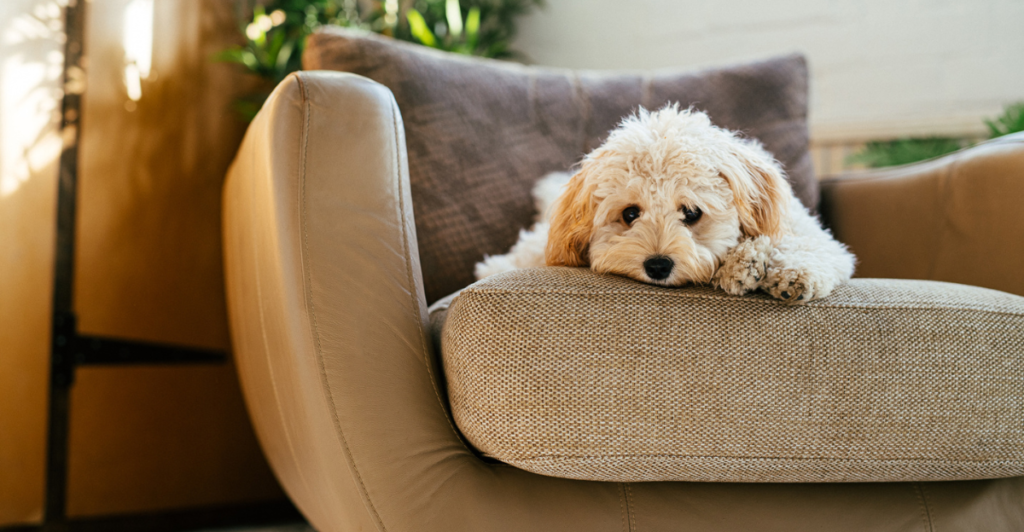
Confined spaces amplify allergens such as pet dander, which can negatively impact both dogs and their owners. Poor ventilation worsens respiratory issues, particularly in breeds prone to allergies like Bulldogs and Pugs.
Dander, dust, and fur accumulate quickly indoors, making regular cleaning essential. HEPA air filters, frequent vacuuming, and washing pet bedding can significantly reduce airborne allergens. Studies show that air purifiers lower pet-related allergens by up to 85%, improving overall respiratory health. Additionally, maintaining a well-ventilated home by opening windows or using air purifiers with activated carbon filters helps remove irritants.
For particularly sensitive individuals, consulting a veterinarian for hypoallergenic dietary options or supplements can also minimize allergy triggers. Keeping a strict grooming routine, including wiping paws after outdoor walks, further prevents allergens from spreading inside the home.
2. Space Constraints and Behavioral Fallout
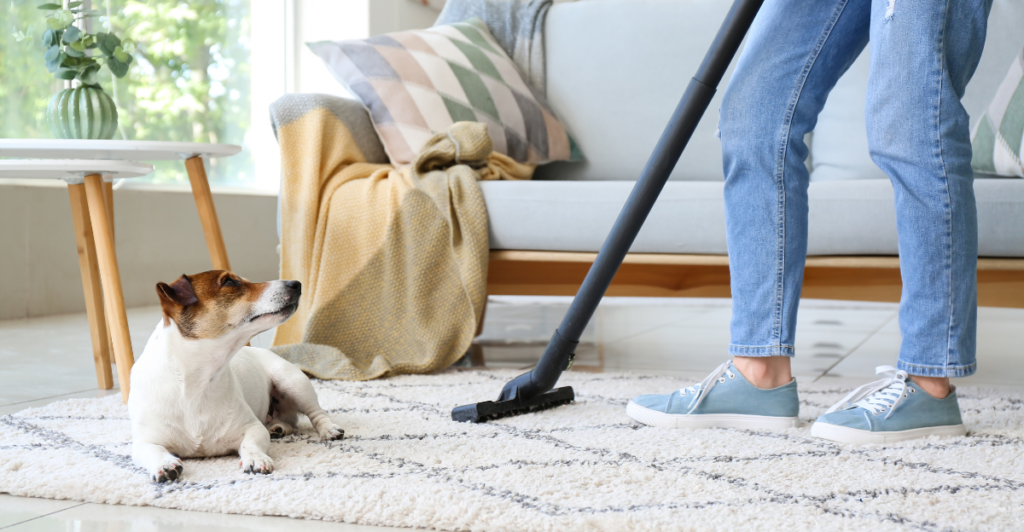
Indoor dogs often face space limitations that can lead to boredom and destructive behaviors like chewing furniture or excessive barking. Research shows that active breeds, such as Border Collies, struggle the most in confined environments. Without adequate mental stimulation or exercise, dogs may develop anxiety or aggression.
Owners can mitigate this by investing in interactive toys, setting up obstacle courses indoors, or scheduling regular outdoor playtime. Studies suggest that 30 minutes of daily physical activity significantly reduces stress-related behaviors in dogs.
Providing puzzle feeders and scent-based games can also help keep a dog’s mind engaged. Without these outlets, many dogs resort to negative coping mechanisms like excessive licking, pacing, or shredding household items.
3. Noise Complaints from Neighbors
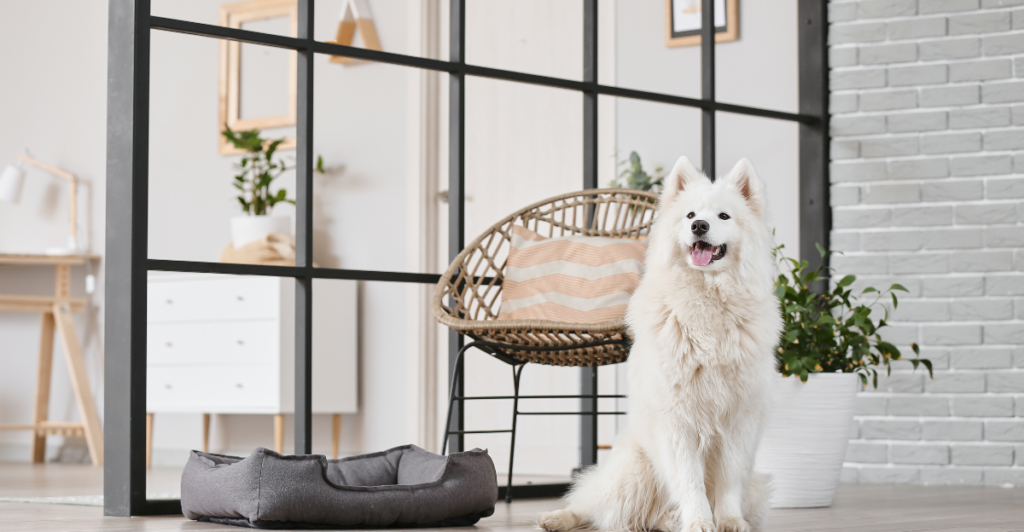
Dogs barking indoors can quickly become a source of tension in apartment complexes or shared housing. Thin walls amplify noise, making even occasional barking disruptive. This issue is particularly common with breeds prone to vocalization, such as Beagles.
Some dogs bark out of excitement, while others react to external stimuli like sirens or footsteps in the hallway. To address this, owners can train their dogs using positive reinforcement techniques or employ soundproofing solutions like rugs and curtains.
Research indicates that consistent training reduces barking episodes by up to 60%. Some owners find success using white noise machines or calming pheromone diffusers to create a quieter environment. It’s also important to identify and eliminate triggers that cause excessive barking.
4. The Struggle with House Training
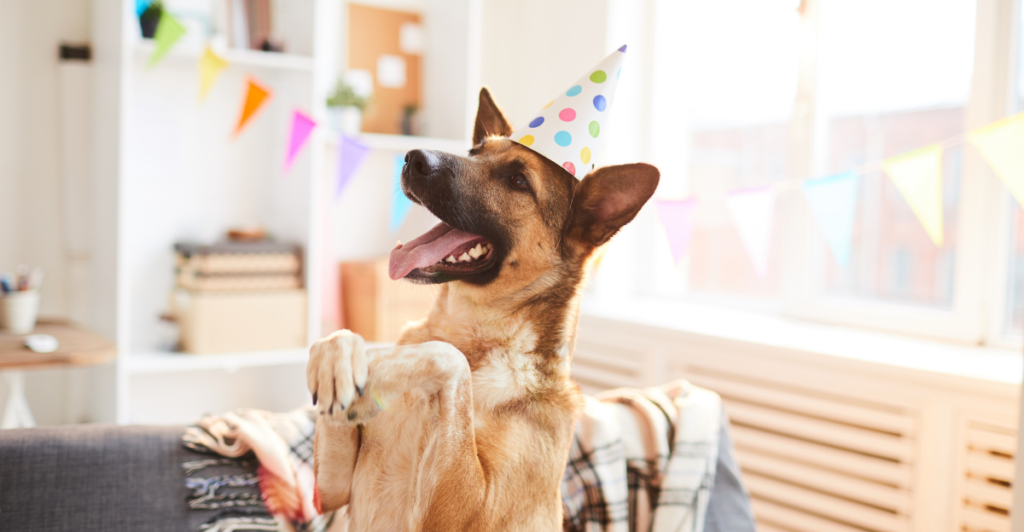
House training an indoor dog can be particularly challenging without easy access to outdoor spaces. Puppies and rescue dogs often require frequent outings to prevent accidents indoors. In apartments, this process is complicated by elevator waits or long walks to designated potty areas.
Bad weather can further exacerbate the issue, making it difficult for dogs to go outside when needed. Using puppy pads or creating a designated indoor potty zone can help during the training phase.
Studies show that most dogs adapt fully within three months of consistent training routines. Some owners use bell training, where dogs learn to ring a bell when they need to go out. However, setbacks are common, and patience is required.
5. Pet Hair Overload in Small Spaces
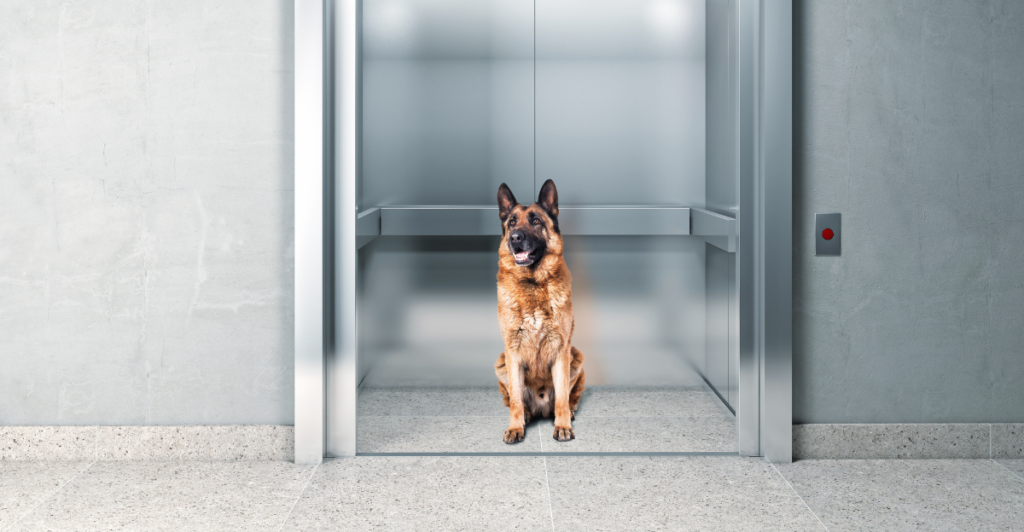
Indoor dogs shed fur that accumulates quickly in confined areas, leading to constant cleaning struggles for owners. Breeds like Huskies and German Shepherds are notorious for shedding year-round. Unlike outdoor dogs, who may shed more seasonally, indoor dogs experience constant exposure to artificial lighting and temperature control, which can disrupt their natural shedding cycles.
Investing in high-quality vacuum cleaners and air purifiers can help keep spaces clean. Grooming dogs regularly also minimizes shedding; experts recommend brushing twice weekly for heavy shedders. Without a strict grooming routine, pet hair can clog air filters, settle on furniture, and even aggravate allergies.
Some owners resort to using furniture covers or lint rollers to manage the relentless spread of fur. Despite these efforts, dog hair often finds its way into every crevice, making cleaning a never-ending battle.
6. Limited Socialization Opportunities

Indoor living often restricts a dog’s ability to interact with other pets or people, which can lead to social anxiety or fear-based aggression. Dogs need exposure to diverse environments and interactions to develop balanced temperaments.
A lack of socialization can result in excessive fearfulness, nervousness around strangers, or even reactivity toward other animals. Owners should prioritize trips to dog parks or enroll their pets in group training classes. Studies show that socialized dogs are 40% less likely to exhibit behavioral problems than isolated ones.
However, socialization isn’t just about meeting new dogs; exposure to different sounds, textures, and environments is crucial for their overall confidence. Dogs who lack these experiences may develop phobias of everyday occurrences like vacuum cleaners or doorbells.
7. Health Risks from Sedentary Lifestyles

Indoor dogs are at higher risk for obesity due to limited physical activity compared to their outdoor counterparts. Obesity increases the likelihood of joint issues, diabetes, and heart disease in pets. Owners should monitor their dog’s diet closely and incorporate daily exercise routines like fetch games or stair runs indoors.
Research highlights that maintaining an ideal weight reduces health complications by up to 50%. Regular vet checkups, portion control, and active play are necessary to keep indoor dogs in shape. Some breeds, like Pugs and Bulldogs, are predisposed to weight gain, making exercise even more critical.
Interactive feeding tools, such as slow-feeder bowls, can encourage dogs to eat more slowly and stay engaged. An active lifestyle isn’t just beneficial for the dog—it also enhances the bond between pet and owner.
8. Restrictions in Apartment Complexes
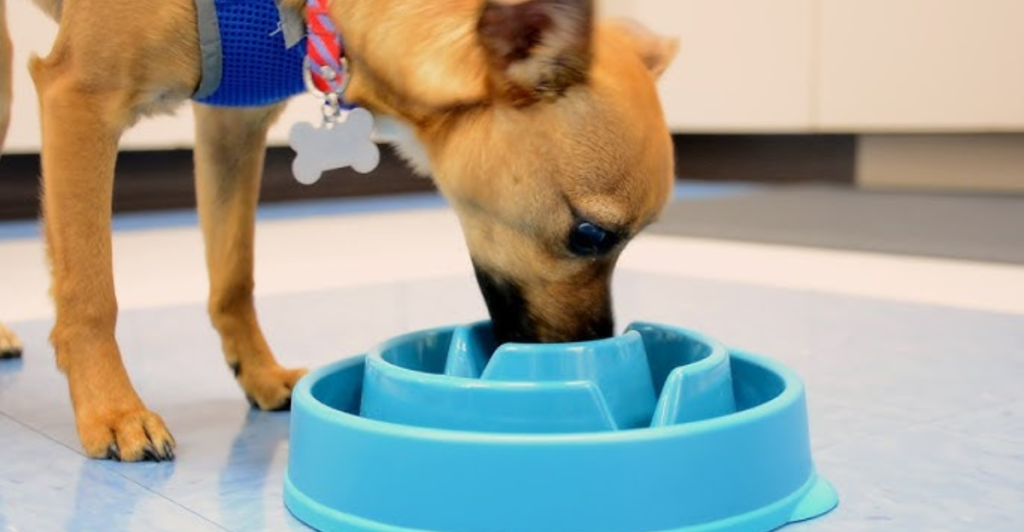
Many residential complexes impose strict pet policies, such as size limits or bans on certain breeds. These restrictions can lead to stress if owners are forced to relocate or face legal disputes over their pet’s presence.
Understanding local regulations before adopting a dog is crucial. In some cases, legal interventions have overturned unreasonable pet bans, emphasizing the importance of knowing your rights as a pet owner. Some landlords charge hefty pet deposits or monthly fees, making dog ownership financially challenging.
Additionally, finding pet-friendly housing in competitive rental markets can be difficult. Prospective dog owners should plan ahead by researching breed restrictions and discussing pet policies with landlords in advance. The struggle of navigating pet regulations is a reality that many indoor dog owners face, often unexpectedly.
9. Emotional Dependency Challenges
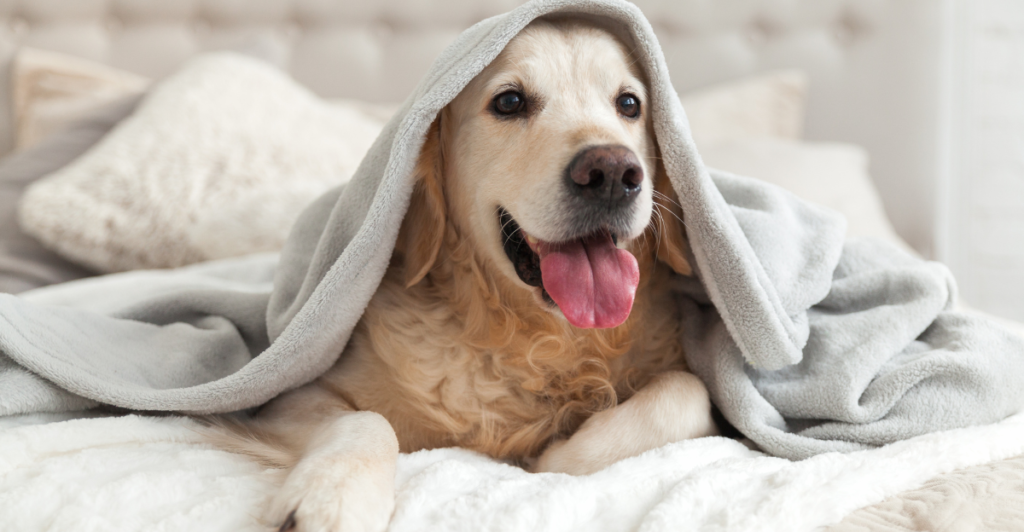
Indoor dogs tend to form intense bonds with their owners due to constant proximity, which can lead to separation anxiety when left alone. This manifests as destructive behavior or incessant whining during absences.
Owners can ease this anxiety by gradually increasing time apart and providing engaging toys like puzzle feeders during their absence. Behavioral studies show that gradual desensitization reduces separation anxiety symptoms by up to 70%. Dogs with severe anxiety may benefit from calming supplements or professional training. Creating a structured routine and rewarding independence can help ease the transition.
Ignoring separation anxiety can lead to worsening behaviors, making it a pressing concern for many indoor dog owners. Recognizing the signs early and taking proactive steps ensures a healthier emotional state for both the pet and the owner.
Explore more of our trending stories and hit Follow to keep them coming to your feed!

Don’t miss out on more stories like this! Hit the Follow button at the top of this article to stay updated with the latest news. Share your thoughts in the comments—we’d love to hear from you!







